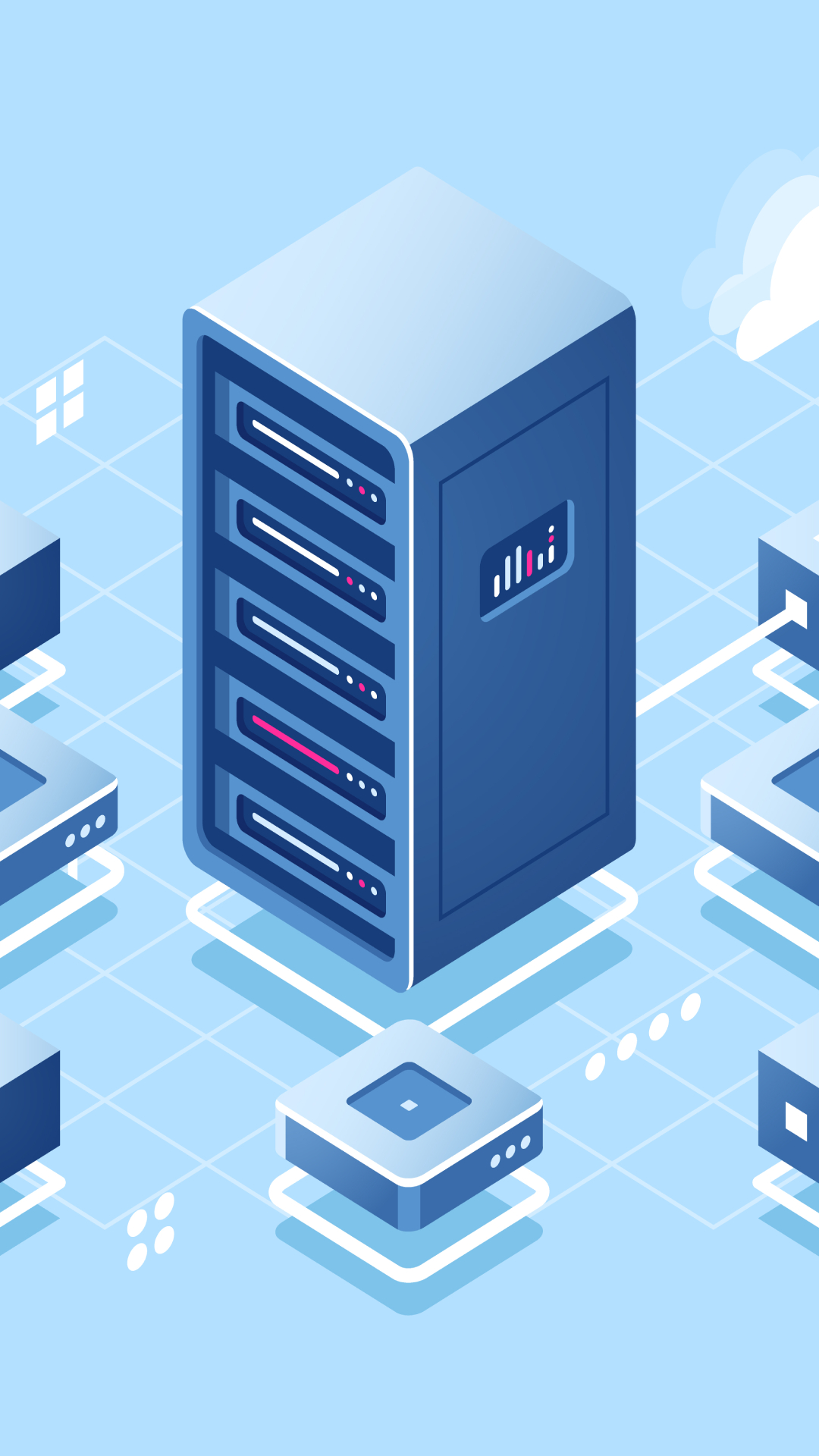Development
Breaking Down The Challenges Of Database Programming: Navigating The Complexities
The world is increasingly becoming digitized and data-driven. As a result, businesses and organizations of all sizes are relying on databases to store, manage, and retrieve data. With the increasing demand for data-driven solutions, the role of database programmers has become critical. However, database programming is a complex and challenging task that requires a unique set of skills. Database programming is the process of designing, creating, and maintaining a database using a programming language such as SQL, Java, Python, or PHP. It involves defining the data structure, establishing the relationships between tables, and developing queries to retrieve and manipulate data. Database programming is used to build and manage databases for a variety of applications such as websites, mobile apps, e-commerce platforms, and enterprise software. It is a critical aspect of software development that involves creating and managing databases to store and retrieve data. However, despite its importance, this process is not without its challenges. Here are some of the major challenges in database programming:
- Scalability: One of the major challenges in database programming is ensuring that the database is scalable to accommodate increasing amounts of data. This involves designing the database schema and queries to ensure that they can handle large amounts of data without affecting performance. For example, if an e-commerce website experiences a sudden spike in traffic during a sale, the database must be able to handle the increased load.
- Data consistency: Maintaining data consistency is another major challenge in database programming. This involves ensuring that data is accurate and up-to-date across all tables and columns in the database, even as new data is added or modified.
- Data security: One of the major challenges in database programming is ensuring data security. As databases hold sensitive and confidential information, it is essential to protect them from unauthorized access, hacking, and data breaches. For example, the 2017 Equifax data breach compromised the personal information of 147 million customers due to a vulnerability in the company's database.
- Data integration: Many businesses rely on multiple systems and applications that need to access the same data. Integrating these systems can be a challenge, as it requires ensuring that the data is consistent across all systems. For example, a company that uses a customer relationship management (CRM) system and an accounting system must ensure that the data entered into both systems is accurate and consistent.
- Performance tuning: Database performance can be a major bottleneck for applications that rely on databases. Programmers need to optimize database queries and fine-tune the database configuration to ensure that it can handle large amounts of data and provide fast response times. For example, a social media platform that needs to handle millions of user posts per day must have a highly optimized database to ensure fast and responsive data access.
- Disaster recovery: Database programming also involves ensuring that data can be recovered in the event of a disaster. This includes creating backups and implementing a disaster recovery plan to ensure that data is not lost in the event of a system failure or outage.
- Dr. J Gupta & Kalpana Seth
